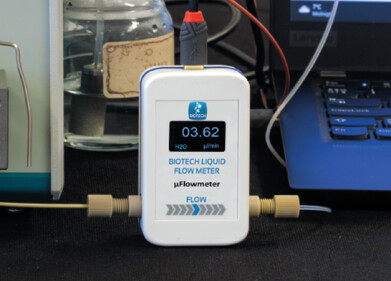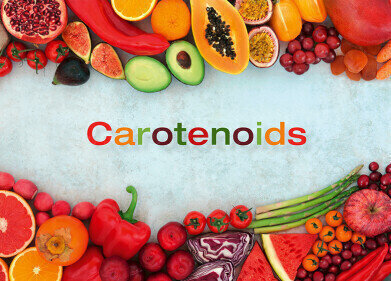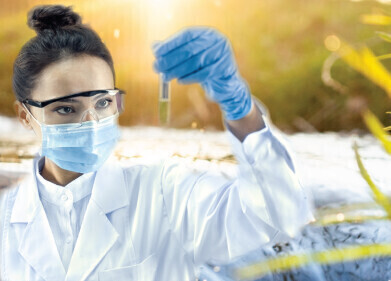HPLC, UHPLC
What Are the Most Common Applications of HPLC?
Dec 23 2021
Since arriving on the scene in 1967, high-performance liquid chromatography (HPLC) has become a staple technique for separating, identifying and quantifying different components in a mixture. Those three tasks lend themselves to a number of applications…
Pharmaceutical development
One of the most common uses of HPLC is in the manufacturing process of pharmaceutical products. HPLC is a reliable and precise way to check product purity. As a result, it can help pharmaceutical manufacturers develop the purest products. However, due to its expensive nature on a large scale, it is not typically the primary method when drugs go on to be produced in bulk.
Medical diagnosis
Because it can be used to separate components from mixtures, HPLC also lends itself to the analysis of nutrients in blood and other medical samples. Again, while it’s expensive compared to alternatives, HPLC can deliver much more precise results when measuring for things like vitamin D deficiency. In this case, rather than measuring vitamin D directly, HPLC can be used to measure the concentration of 5-hydroxyvitamin D [25(OH)D] – a metabolite associated with the production of vitamin D.
Legal
Similar to the above, HPLC is also used for the detection of drug traces in urine. Usually used in tandem with mass spectrometry, the technique can be applied to detect everything from doping agents, metabolites and conjugates to opioids, cocaine, LSD, cannabis and ketamine. When drug traces are detected, the HPLC findings can be used as evidence in police charges as well as sporting disqualifications. Because it can be used to check for metabolites – produced by a reaction to the substance – the method is useful for modern drugs which are designed specifically to disappear within the body.
Medical research
As well as identifying nutrient levels for a direct diagnosis, HPLC is often used to analyse biological samples from people with existing diagnoses. By identifying specific metabolites in patients with Parkinson’s or heart disease, for example, researchers can use them a biomarkers to assist with early diagnosis for future patients.
Food production
Over the past few decades, use of chemicals in agriculture and food production has become far more common. In many cases, this can be problematic, with chemical residues remaining on products and posing health risks to consumers. Thankfully, HPLC can also be used to identify and quantify pesticides along with preservatives and artificial flavourings and colourants.
Improving HPLC technology
As with any method, HPLC comes with its own limitations. One of these is portability, with samples needing to be transferred to a laboratory before analysis can take place. The article ‘Experience and Applications of a New Portable HPLC Machine’ discusses how a portable HPLC instrument can address those challenges and assist with analyses outside the laboratory.
Digital Edition
Chromatography Today - Buyers' Guide 2022
October 2023
In This Edition Modern & Practical Applications - Accelerating ADC Development with Mass Spectrometry - Implementing High-Resolution Ion Mobility into Peptide Mapping Workflows Chromatogr...
View all digital editions
Events
ACS National Meeting - Fall 2024
Aug 18 2024 Denver, CO, USA
Sep 04 2024 Chiba, Tokyo, Japan
Sep 04 2024 University of Warwick, Coventry, UK
Sep 10 2024 Rockville, MD, USA
Plastics Recycling World Expo Europe
Sep 11 2024 Brussels, Belgium














